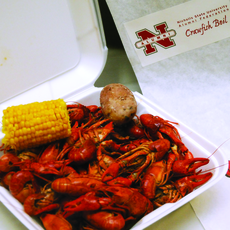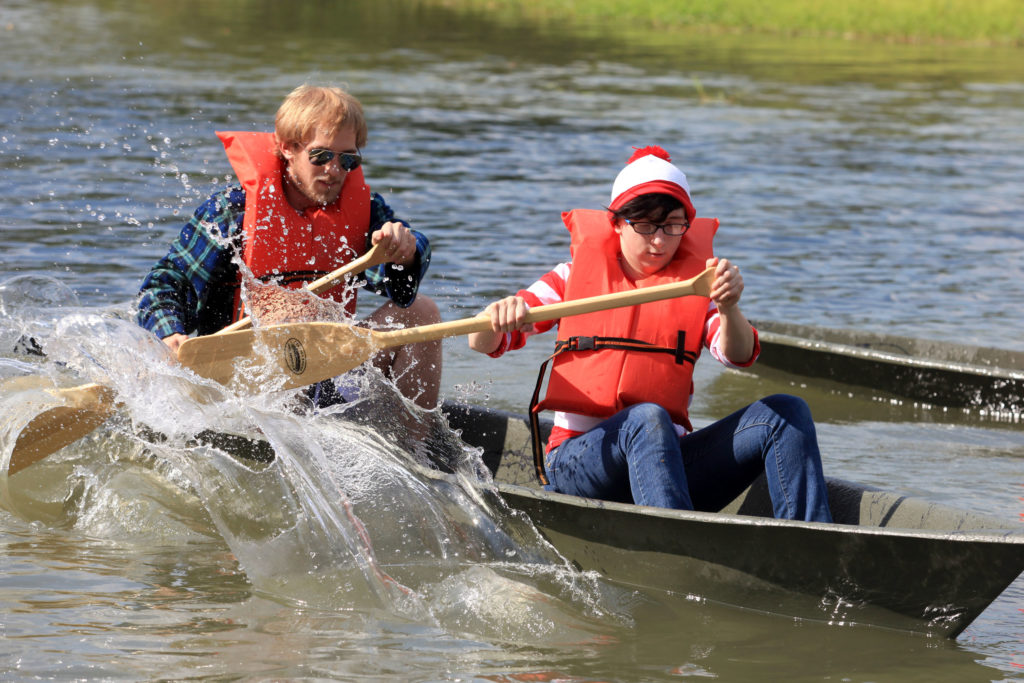What better way to spend an afternoon than with family and friends sitting outside around a large table covered in newspaper? How about adding a giant pot of freshly-boiled critters, pulled right out of the mud? According to John Doucet, associate professor of biological sciences, crawfish are the largest part of the fishing industry in Louisiana. The fact that the little crustaceans live in holes of mud around ditches doesn’t seem to stop enthusiasts from cracking them open, sucking the heads and tossing the shells to the side.
Since 2003, Doucet has been conducting research on the DNA of those little critters. Crawfish, or crayfish as they are known in the north, have been studied and used as classroom models for over a century, according to Doucet.
But why study crawfish?
Doucet, whose specialty is human molecular genetics, said he was surrounded by other scientists who study smaller creatures.
“I had no one to play with until I jumped in and started studying one of the littler creatures myself,” Doucet said.
He said little is known about the exotic genome of the crawfish and that the technology needed to research complicated DNA was never available until recently.
“Through the generosity of several granting agencies, we now have some of that instrumentation here at Nicholls in my lab,” Doucet said.
His work has found that the little crustaceans served for Crawfish Day, known as the Red Swamp Crawfish, or Procambarus clarkia, have 192 chromosomes.
Humans have 46 chromosomes in each cell of their bodies.
Doucet and his students have been busy working to answer questions such as: “Why so many chromosomes?”, “How can we improve the products of the Louisiana crawfish industry?” and “How are so many chromosomes beneficial to the crawfish species?”
He said he believes that the apparent longevity of the critters may be due to its large number of chromosomes.
At the Museum of Natural History in Oxford, England, Doucet said he found that the likeness of fossilized crawfish to Nicholls’ Crawfish Day species was remarkable.
Doucet said he plans to share the information he finds with other scientists and labs around the world.
“Because it seems so complex, I believe a comprehensive understanding of crawfish DNA needs to be a group effort,” he said.
He also said he feels it will be important to share the results in an organized fashion. To do this, he created a Web site to which all crawfish geneticists can contribute. Named “Crawfiche,” Doucet’s Web site is currently under construction but contains access to the 50 or so genes that his students have already identified.
“Hopefully in the near future, Nicholls can begin that collaboration with the rest of the world,” Doucet said. “And together, we can answer those important biological and economic questions.








